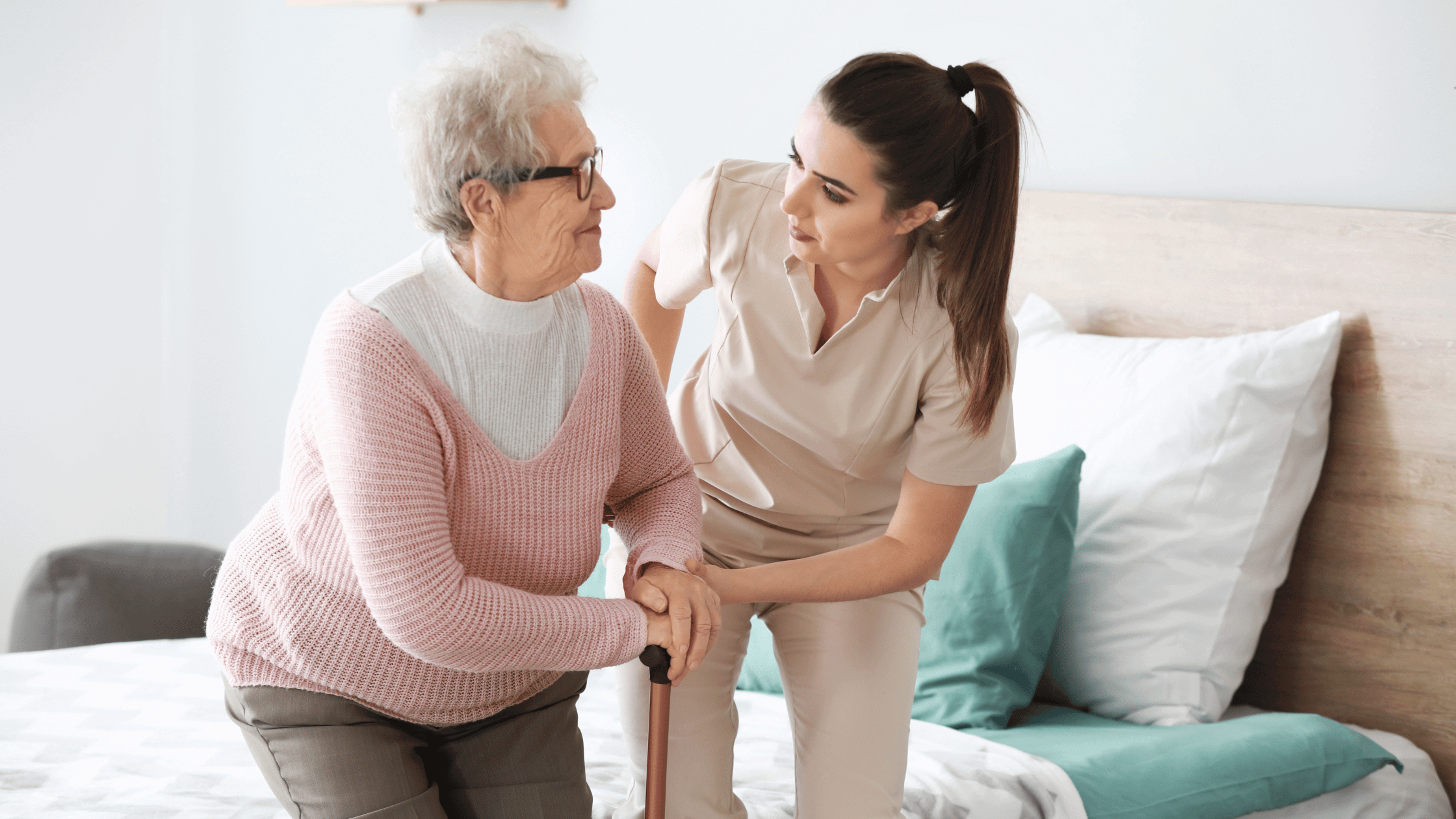Why Is My Balance Getting Worse? Improving Balance and Reducing Fall Risk

Licensed Physical Therapist, PT, DPT // Dry Needling Certified // LSVT Big Certified // EW Motion Therapy Trussville
Most of us take balance for granted until it starts to betray us. Whether you're a young adult or a senior, maintaining good balance is crucial for everyday activities. In this article, we will explore why your balance might be worsening and discuss practical ways to address this issue. From understanding the risk factors to implementing home remedies and seeking professional help through physical therapy, we've got you covered.
Common risk factors for worsening balance
Several factors can contribute to deteriorating balance, including:
- Aging: As we age, our muscles weaken, and joints become less flexible, making it harder to maintain balance.
- Inner ear problems: Conditions affecting the inner ear, like vestibular disorders, can disrupt the body's balance system.
- Muscle weakness: Weak muscles, especially in the legs and core, can lead to instability and falls.
- Certain medical conditions: Neurological disorders such as multiple sclerosis and Parkinson's disease can impact balance.
- Medications: Some medications have side effects that affect balance, making individuals feel dizzy or lightheaded.
- Vision problems: Poor vision can hinder depth perception and make it difficult to judge distances accurately.
What you can do at home
Improving your balance doesn't always require complicated exercises or medical interventions. Here are some simple yet effective home remedies:
- Strength and flexibility exercises: Incorporate leg lifts, squats, and calf raises to strengthen your leg muscles. Yoga and tai chi are excellent for improving balance and flexibility.
- Balance-enhancing activities: Practice activities challenging your balance, such as standing on one leg or walking heel-to-toe.
- Home safety measures: Remove clutter, secure loose rugs, and install grab bars in the bathroom to create a safe environment and prevent falls.
- Proper footwear: Wear supportive, non-slip footwear to provide stability and reduce the risk of slipping.
- Regular eye check-ups: Check your vision regularly and update your eyeglasses or contact lenses prescription if necessary.
How physical therapy can help
Physical therapy is a valuable resource for individuals struggling with balance issues. Here's how it can make a difference:
- Personalized exercise programs: Physical therapists assess your needs and create customized exercise routines for balance and strength improvement.
- Gait and balance training: Therapists use specialized techniques to help you regain confidence in walking and performing daily activities without fear of falling.
- Vestibular rehabilitation: For those with inner ear problems, vestibular rehabilitation exercises can retrain the brain to compensate for the inner ear's faulty signals, improving balance and stability.
- Fall prevention strategies: Therapists teach practical strategies to prevent falls, including recovering from a stumble safely.
Maintaining good balance is essential for a healthy, independent lifestyle. Understanding the risk factors for worsening balance and implementing simple home remedies can significantly improve your stability. If balance issues persist or worsen, seeking help from a physical therapist can provide targeted, practical solutions tailored to your needs.
Remember, your safety is paramount. By taking proactive steps and seeking appropriate guidance, you can reclaim your balance and enjoy life to the fullest. At EW Motion Therapy, we love helping clients with balance problems do this daily through customized treatment plans and consistent, safe observation. If you’re curious about ways to reduce fall risk at home, click the button below to download our free home safety guide.

